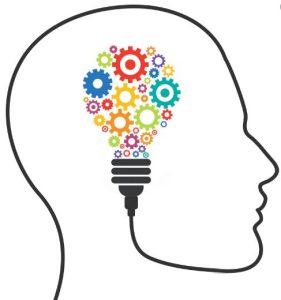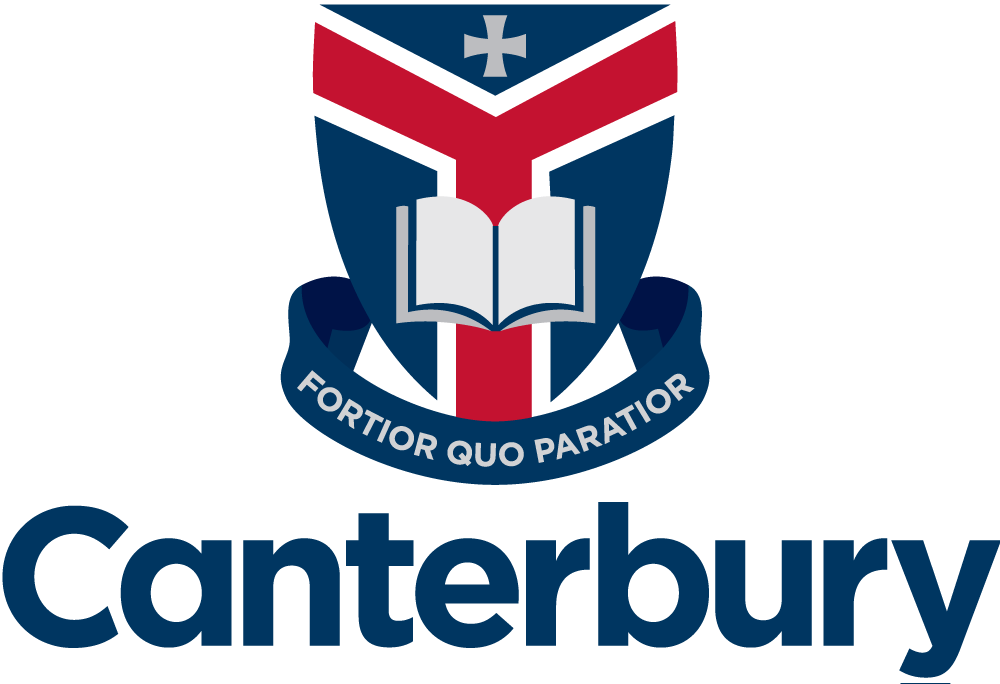Getting The Numbers Right: Ways You Can Help Your Child Develop Their Maths Skills!

We all use Mathematics every day, and mathematical skills help children understand and experience the world around them.
In early childhood, children develop mathematical skills by manipulating and playing with objects, and become acquainted with shapes, numbers and descriptions of objects.
There are a number of ways you can help your child develop their mathematics skills…
Using Mathematics Every Day
We use Mathematics every day… We need to know how much things cost and how much we have to spend…
We need to know how things fit together and the weight, shape, size and area of objects, especially when packing things like school lunch boxes and bags.
And we all need to know the direction to take to get to school, work or the shops, and to estimate how long it will take us to get there.
Just like learning to read, your child will have already started to develop the mathematical skills needed as they experience the world around them.
These skills will be further developed at school by manipulating and playing with objects that develop links between their immediate environment and everyday language.
And also by participation in explicit teaching and activities that help them work on their counting skills, manipulate numbers, identify and name different shapes, create and continue patterns, describe and groups things using mathematical language and the list goes on…
What Can Parents Do?
Some of the things you can do at home to encourage young children to think about and explore Mathematics include:
- Asking your child to talk about or name the number of things in their picture story books.
- Going on a number hunt with your child: For example, get them to look for and identify cars with a number plate that has a number 2, or to look for and identify house or unit numbers with a 4.
- Collecting a selection of different coloured everyday objects and have your child sort them into groups of the same colour.
Alternatively, start a repeated pattern (blue, red and orange, blue, red and orange) and get them to continue the pattern. - Encouraging your child to count while they play – like how many times can they jump, bounce a ball or hear a particular sound.
- Talking with your child about the size and shape of things they see.
Get them to look for particular shapes and count how many times they see them: How many times can we see a circle, the number of windows in houses along your street, or the shape of your roof. - Collect food and grocery items and label them with prices written on sticky notes or prices cut out of shopping catalogues.
– Talk about how we pay for items using notes and coins.
– Make paper money or use play money to buy and sell goods from the shop.
– Order the food items by height (tallest to the shortest) or by cost (least expensive to the most expensive).
– Introduce kitchen scales to the shop to weigh some foods, such as a box of tea bags or a bag of rice and order items by weight. - Play ‘I Spy’ or other games to identify shapes, numbers and patterns.
- Dice are a great addition to any toy collection.
– Roll the dice and say, make or write the numbers identified.
– Roll the dice and add the numbers together to find the total. - Identify and explain visual patterns on clothing, wrapping paper, crockery, cards and furniture.
- Use coloured pegs, blocks, beads or cutlery to begin a pattern for your child to continue: For example, red, blue, white, red, blue, white.
- Encourage your child to draw, create and describe their own patterns.
Use them for borders or greeting cards or on materials. - Use a wall measuring chart to measure the height of people in your family.
- Cut a piece of string for your child – any length will do.
– Use this string to measure the objects in your house to find out what is longer or shorter than your ‘string measuring tape’.
– Ask your child to identify anything that is the same length. - Explore other ways of measuring using a cup, jug, teaspoon, icy pole sticks, foot prints or hand lengths.
- Build a tower of blocks that is taller than a favourite toy, then ask your child to count the total blocks to measure the height of the tower.
Related Links
- 201 Literacy And Maths Tips To Help Your Child – This webpage provides handy hints and activities you can do with your child at home.
- FUSE: Primary Students – Educational resources and activities for primary school children.
- Count Us In – Online games designed to help children understand basic number concepts.
- Mathletics – Switches kids onto maths: It’s fun and is suitable for all ages and abilities.

